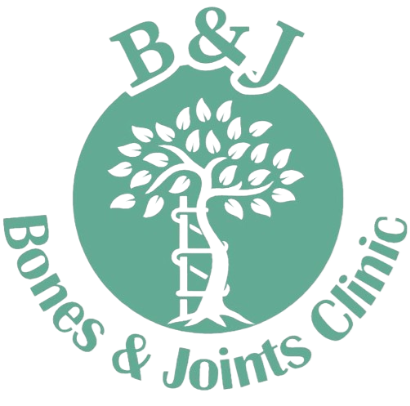Joint Replacement
Joint replacement, also known as arthroplasty, is a surgical procedure in which parts of an arthritic or damaged joint are removed and replaced with a metal, plastic, or ceramic device called a prosthesis. The prosthesis is designed to replicate the movement of a normal, healthy joint.
Common Reasons for Joint Replacement:
-
Osteoarthritis: This is the most common reason for joint replacement. Osteoarthritis is a degenerative joint disease that causes the cartilage that covers the tops of bones to wear out.
-
Rheumatoid Arthritis: This is an autoimmune disease where the synovial membrane becomes inflamed and thickened, which can destroy the cartilage and bone within the joint over time.
-
Post-traumatic Arthritis: This type of arthritis can result from a severe joint injury or fracture.
-
Avascular Necrosis: This occurs when the blood supply to a bone fragment is interrupted, leading to the bone's eventual death and potential joint collapse.
Commonly Replaced Joints:
-
Knees: The most commonly replaced joint.
-
Hips: The second most common joint to be replaced.
-
Shoulders: Less common than hip or knee replacements but growing in frequency.
-
Other joints that can be replaced include the ankle, wrist, elbow, and fingers.
Benefits of Joint Replacement:
-
Pain Relief: For many, the primary benefit is significant or total pain relief.
-
Improved Mobility: Joint replacement can help individuals move more freely and with less discomfort.
-
Enhanced Quality of Life: With reduced pain and greater mobility, many patients find they can return to activities they love but had previously given up due to joint discomfort.
Potential Risks:
Like any surgical procedure, joint replacement has potential risks, including:
- Infection
- Blood clots
- Loosening of the joint
- Dislocation (for certain joints)
- Prosthesis-related problems
- Nerve or blood vessel damage
Rehabilitation plays a crucial role after a joint replacement. Physical therapy typically starts soon after surgery and can last for several weeks to months. The goal is to restore function and enhance the recovery process. Proper care and rehabilitation can result in a highly successful outcome for the majority of patients.


